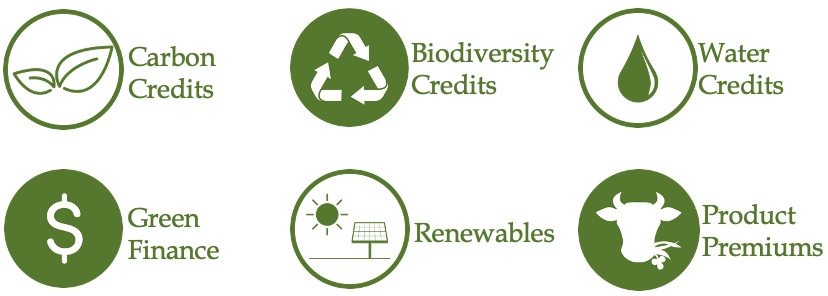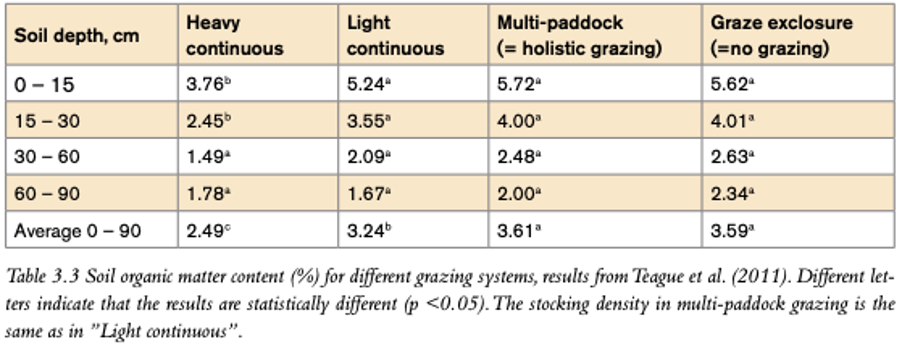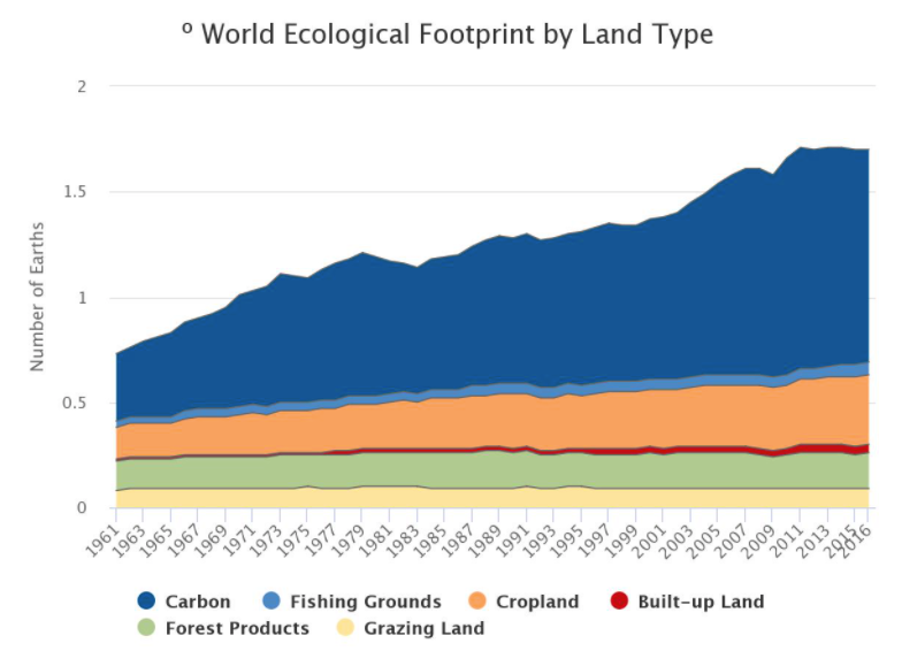Investing in agriculture can address climate change
Farmland globally can respond and adapt to the climate threat as well as address the sector’s role in mitigating the causes.
Agriculture is often seen as the problem of climate change, but with the growing interest and passion in the Agricultural industry to build better grazing land management, with increased primary production while producing soil carbon, it is part of the solution.
The shift towards more regenerative agriculture is already happening through institutional investors and family offices with their investment in agriculture and disrupting ‘business-as-usual’ practices.
Investing in Agricultural real assets as a Nature-based solution (NbS) can respond to climate change, protect our natural resources and provide a sustainable pathway to food security. Agriculture has the potential to play a crucial role in providing financially sustainable solutions to the worlds environmental issues as it is directly related to climate, biodiversity, soil fertility, and land remediation. Implementing successful NbS in agriculture to respond to climate change requires action based on science.
Natural capital can be developed through a number of management practices that build and conserve carbon, enhance biodiversity and water quality and cycling. Using sustainably managed grazing systems is a way of increasing soil carbon.
Carbon sequestration is the practice of sequestering carbon in the soil by capturing CO2, drawing it down and storing it in the soil. Soil stores carbon through photosynthesis, plants absorb carbon dioxide from the atmosphere. They use water and sunlight to turn the carbon into leaves, stems, seeds and roots. As the plants respire, they return some carbon dioxide to the atmosphere and exude some carbon as a sugary substance through their roots. This secretion feeds the microbes (bacteria, fungi, protozoa and nematodes) that live underground. When the plants die, soil microbes break down their carbon compounds and use them for metabolism and growth, respiring some back to the atmosphere.
A number of agricultural practices that disturb the soil including over-grazing, tilling, planting mono-crops, excessive use of fertilisers and pesticides all expose the carbon in the soil to oxygen, allowing it to burn off into the atmosphere.
With better management and land use changes, croplands have the potential to also store carbon. Most crops are annuals and after harvest, the land is often left bare. These soils can sequester more carbon with the following practices:
- By leaving crop residue in the ground or planting cover crops that won’t be harvested e.g. clover and legumes, can compensate for carbon losses from tillage
- Crop rotation and the use of diverse crops, especially those with deeper roots such as perennials, will add more biomass to the soil
- Minimised tillage does not expose soil carbon to oxygen, so soil aggregates remain intact
- Reducing chemical use and replacing with biological products
A giant leap forward in the regen cropping space for the US and globally is the recent announcement from the world’s largest agribusiness, Cargill Inc, to convert 10 million acres of row crop farmland in North America to regenerative practices, which is designed to improve soil biodiversity and reduce erosion runoff.
Grazing land and stock also have the potential to store carbon with managed grazing practices including:
- Rotational grazing, moving stock to new pastures after grazing, allowing old ones to regrow and carbon in the form of manure gets spread around.
- Manure increases soil productivity and the formation of stable carbon that can remain in the soil for decades.
- Reducing chemical use and replacing with biological products.
Land use change that increases soil carbon and building on-farm natural capital gives land managers access to a broad range of other social, environmental and financial benefits including:
- Fertile soils produce more food, promote biodiversity, hold moisture, and are less susceptible to land degradation
- More microbes in the soil enable plants to grow deeper root systems, allowing them to tolerate drought better and are more resistant to pests
- Improvement in soil and water quality
- Increasing soil biology and farm biodiversity
- Decreasing the use of chemicals and fertiliser
- Increasing drought and climate change resilience
- Improving water use efficiency and off-farm runoff
- Increasing farm productivity
- Supporting regional economies and small businesses
Under the right management, cattle can make great things happen for the climate and for the soil. “It’s not the cow, it’s the how”.
From building your soil organic carbon you can then assess the value of your natural capital, but it is import to be measuring and reporting on outcomes such as biodiversity and habitat restoration. This will unlock revenue streams from funds to build natural capital.
Monetisation Opportunities
The main aim for using a framework for natural capital is to open a way for farmers and land managers to appreciate nature and to embrace the imperative to measure, manage and invest in natural systems with the same due diligence we as a society use for other forms of capital.
Regenerative agriculture that builds and preserves natural capital can deliver stable investment returns while improving climate resilience and storing carbon in the landscape.
Actions and strategies today, will determine tomorrow’s climate change impacts on Australian and global agriculture.
From advice on building your soil organic carbon to assessing the value of your natural capital, Impact Ag can help you realise your potential. Read more here


